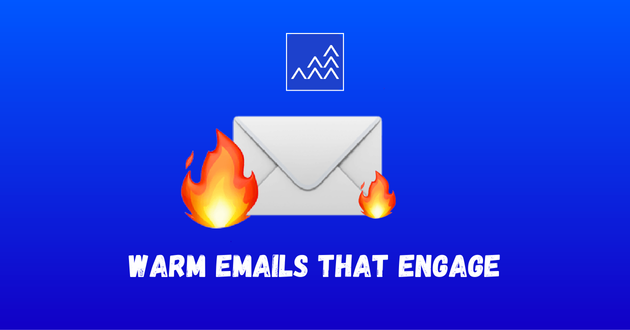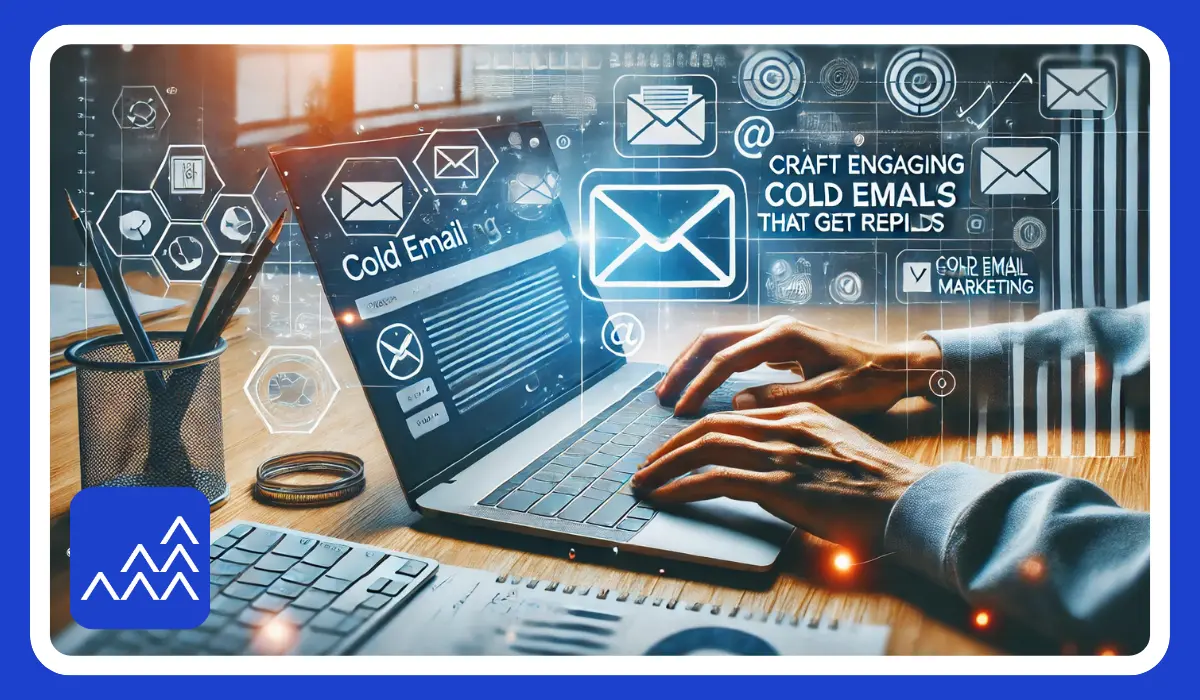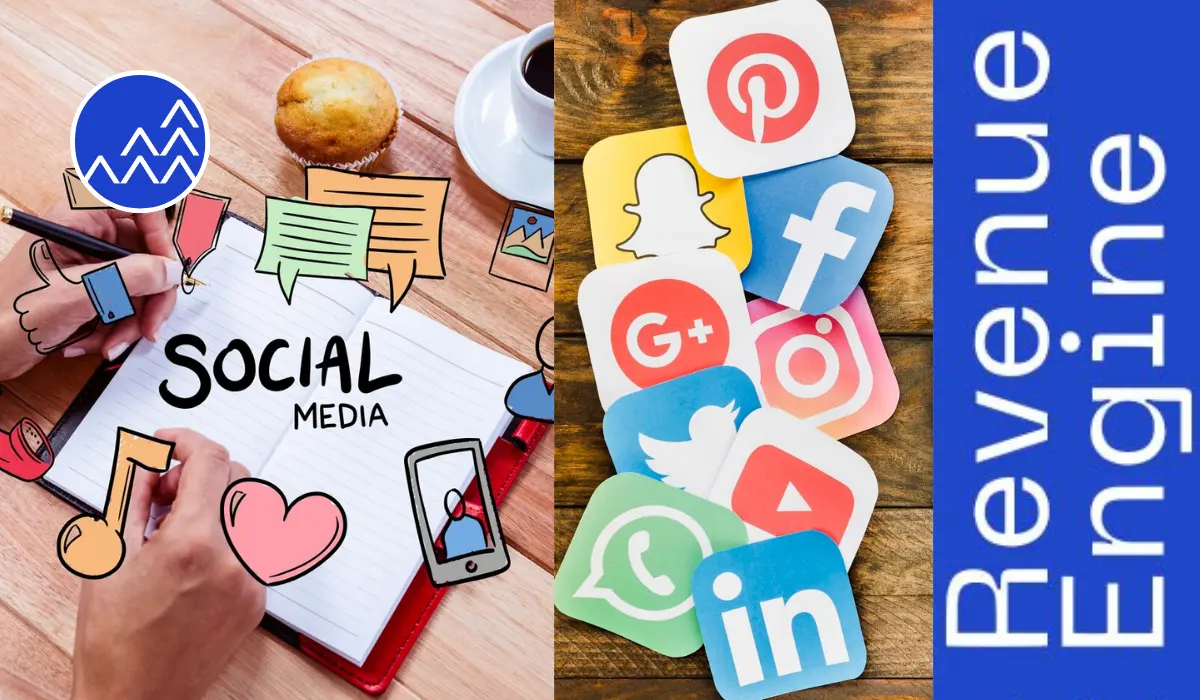Email marketing remains one of the most effective tools for businesses to connect with potential customers. While cold emails target unfamiliar recipients, warm emails reach out to those who have shown some interest in your product or service. With the right approach, warm emails can deepen relationships, lead to meaningful conversations, and drive higher conversions. In this guide, we’ll explore actionable strategies for crafting warm emails that engage recipients and yield positive results.
What Are Warm Emails?
Warm emails are messages sent to leads who have interacted with your brand in some capacity—whether through a webinar sign-up, website visit, social media engagement, or previous communication. These leads are not entirely cold, as they’ve shown some level of interest or familiarity with your offerings. The goal of warm emails is to build on this existing relationship and convert the lead into a customer.
Why Warm Emails Matter
Warm emails have a higher success rate than cold emails because the recipients are already somewhat familiar with your brand. They are more likely to open, read, and engage with your message. By focusing on personalization, value, and timing, warm emails can move prospects further along the sales funnel.
Key Components of an Engaging Warm Email
To ensure your warm emails capture attention and encourage engagement, it’s essential to focus on several critical elements:
A Strong Subject Line
Your subject line is the first impression. It needs to be engaging yet concise. Avoid clickbait or vague language, and instead, provide a clear value proposition. A well-crafted subject line can significantly increase open rates.
Personalization
Personalization goes beyond using the recipient’s name. Include relevant details such as their company, job role, or specific needs based on past interactions. Demonstrating that you’ve done your research will make your email stand out.
A Clear Value Proposition
Why should the recipient care about your email? Highlight the value you can offer them, whether it’s a solution to a problem, valuable resources, or an exclusive offer. Focus on how you can help, rather than making it all about your business.
Relevant Call-to-Action (CTA)
Every warm email should have a clear and relevant CTA. Whether it’s scheduling a call, signing up for a demo, or downloading a resource, your CTA should align with the recipient’s stage in the buyer’s journey.
Concise and Engaging Content
Keep your email short and to the point. Long emails can lose the recipient’s attention. Focus on providing essential information that piques their interest, with clear next steps.
Timing and Follow-ups
Timing is crucial for warm emails. Don’t wait too long after the lead shows interest to send your message. Prompt follow-ups can significantly increase response rates. If the lead doesn’t respond after the first email, don’t be afraid to send a polite follow-up.
Strategies for Crafting Effective Warm Emails
Now that we’ve covered the key components, here are some actionable strategies to ensure your warm emails are effective:
Segment Your Audience
Not all leads are the same. Segment your list based on their behavior, interests, or stage in the buyer’s journey. This allows you to tailor your messaging and offer more relevant content to each group, increasing the chances of engagement.
Leverage Data Insights
Use data from past interactions to make your warm emails more relevant. Did the lead download a specific ebook? Did they attend a webinar? Referencing these actions shows that you’re paying attention to their needs.
Use Visuals Sparingly
While visuals can enhance an email, overloading the recipient with too many images or graphics can be counterproductive. Ensure your email is mobile-friendly and that any visuals you include add value to the content.
Test and Optimize
A/B testing your subject lines, CTAs, and content is a great way to find out what resonates most with your audience. Experiment with different approaches and continuously optimize your emails for better performance.
Common Mistakes to Avoid
Even the most well-intentioned warm email can fall flat if you make certain mistakes. Avoid the following:
- Being too aggressive: Avoid hard sells or pushy language. Focus on building a relationship rather than closing a sale immediately.
- Ignoring personalization: Sending generic emails will make recipients feel like just another number in your system.
- Failing to follow up: Leads can get busy, so a well-timed follow-up is often needed to keep the conversation going.
Warm emails, when done right, can lead to stronger connections and higher conversion rates. By following the tips outlined in this guide, you can craft emails that engage your leads and move them closer to becoming customers.
FAQs!
Q. How often should I send warm emails?
Warm emails should be sent based on the lead’s interaction history. While there’s no set frequency, avoid overwhelming the recipient with too many emails. A well-timed follow-up within a week or two is often effective.
Q. How personalized should my warm emails be?
Personalization is key to engaging the recipient. Use their name, mention past interactions, and refer to specific challenges they might be facing to make the email feel tailored to their needs.
Q. What should I do if I don’t get a response?
Don’t be discouraged if you don’t get an immediate response. Send a polite follow-up email and consider tweaking your messaging or offer to better align with the recipient’s needs.








